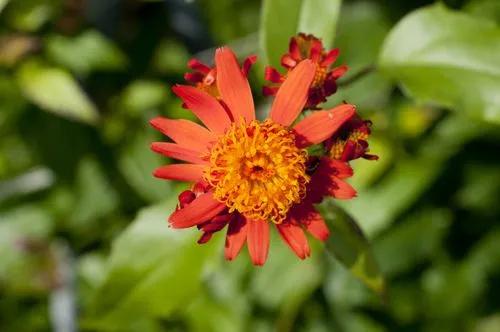This is an unusual small perennial from the Mediterranean that flowers in autumn with weird blackish-purple striped hooded spathes on a plant just 15 cm tall. It is possibly a subspecies of Arisarum vulgare. The inflorescences are compelling: reminding me of either large leeches or tiny cobras lurking amidst the silver-spotted, heart-shaped leaves. Arisarum belong to the Araceae (or aroid) family of plants, which have characteristically unusual spathe flowers. They are not beautiful in the conventional sense of a rose or a lily, but they offer unusual shapes and an element of surreal intrigue to the garden when they flower - as well as being conversation pieces when showing people round!
Friar's Cowl Care
Arisarum Vulgare



How to Care for the Plant

Water

Because arisarum vulgare flowers throughout the rainy season (about 6 months) and each inflorescence has a very long anthesis, the pollen accumulating within its chamber is susceptible to wetting by strong downpours. as long as this pollen is contained within the wet chamber, it is at the pre-ripening stage and therefore incapable of germinating.

Pruning

Dead fronds and leaves can be removed.

Fertilizer

Liquid fertilizers are applied more frequently, bi-weekly or monthly, for example. Granular products are used less frequently, perhaps once every month or two. Slow-release houseplant fertilizers break down slowly and release their nutrients in small amounts, over a longer period of time. A single application of most of these products lasts for three to four months.

Sunlight

Sun/Partial Shade.

Soil

Most often planting instructions will suggest planting in loam soil. Loam soil should be rich in minerals and nutrients for the plants and loose enough that roots and spread out and grow strong.

Temperature

The plant is hardy to about -10°c for short periods but should be given a good mulch in the winter

Container

Whether your potted plants are indoors or outdoors, proper drainage is an essential element to ensure they stay healthy.

Additional

The plant contains calcium oxylate crystals. These cause an extremely unpleasant sensation similar to needles being stuck into the mouth and tongue if they are eaten but they are easily neutralized by thoroughly drying or cooking the plant or by steeping it in water

Popularity

672 people already have this plant 107 people have added this plant to their wishlists
Discover more plants with the list below
Popular articles






